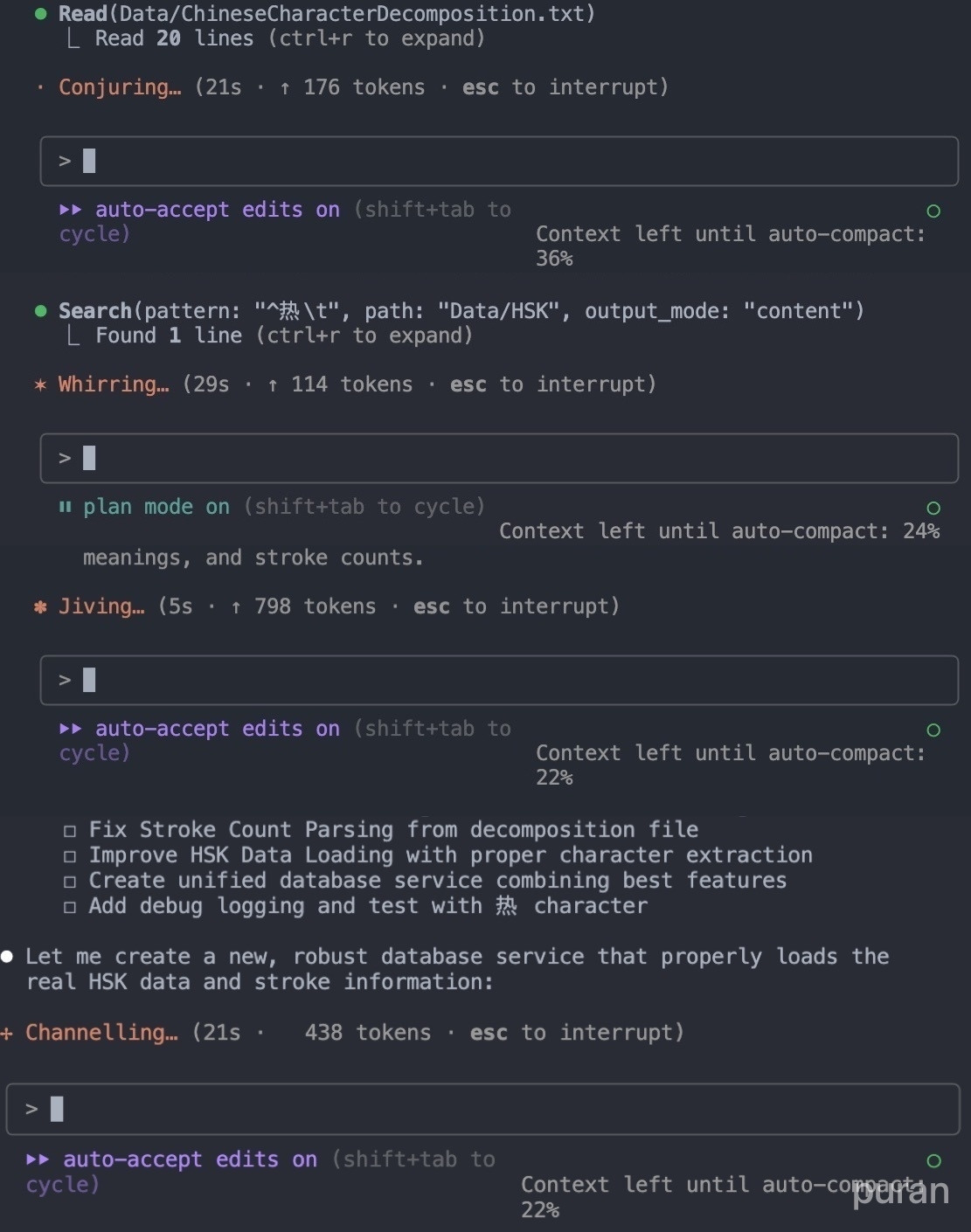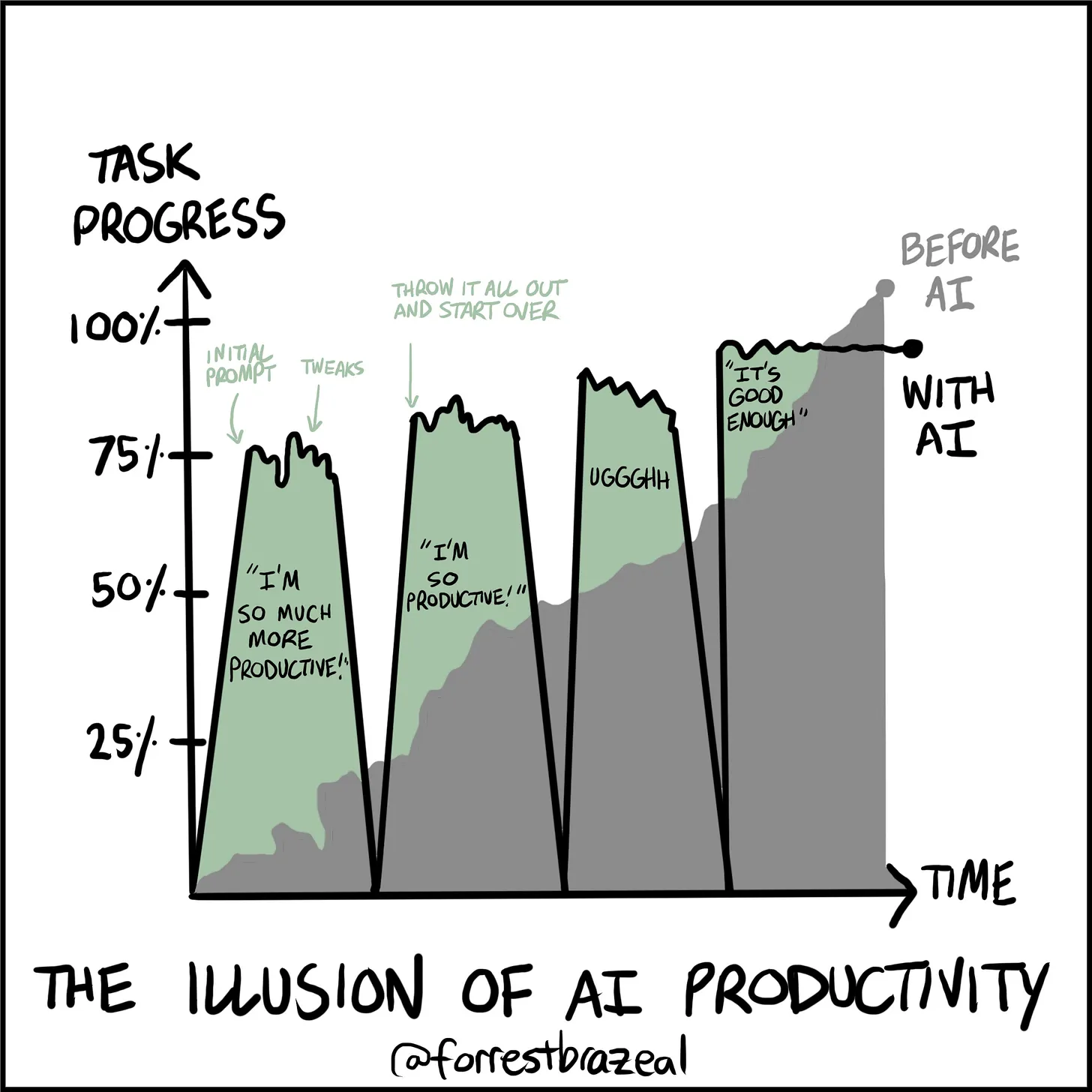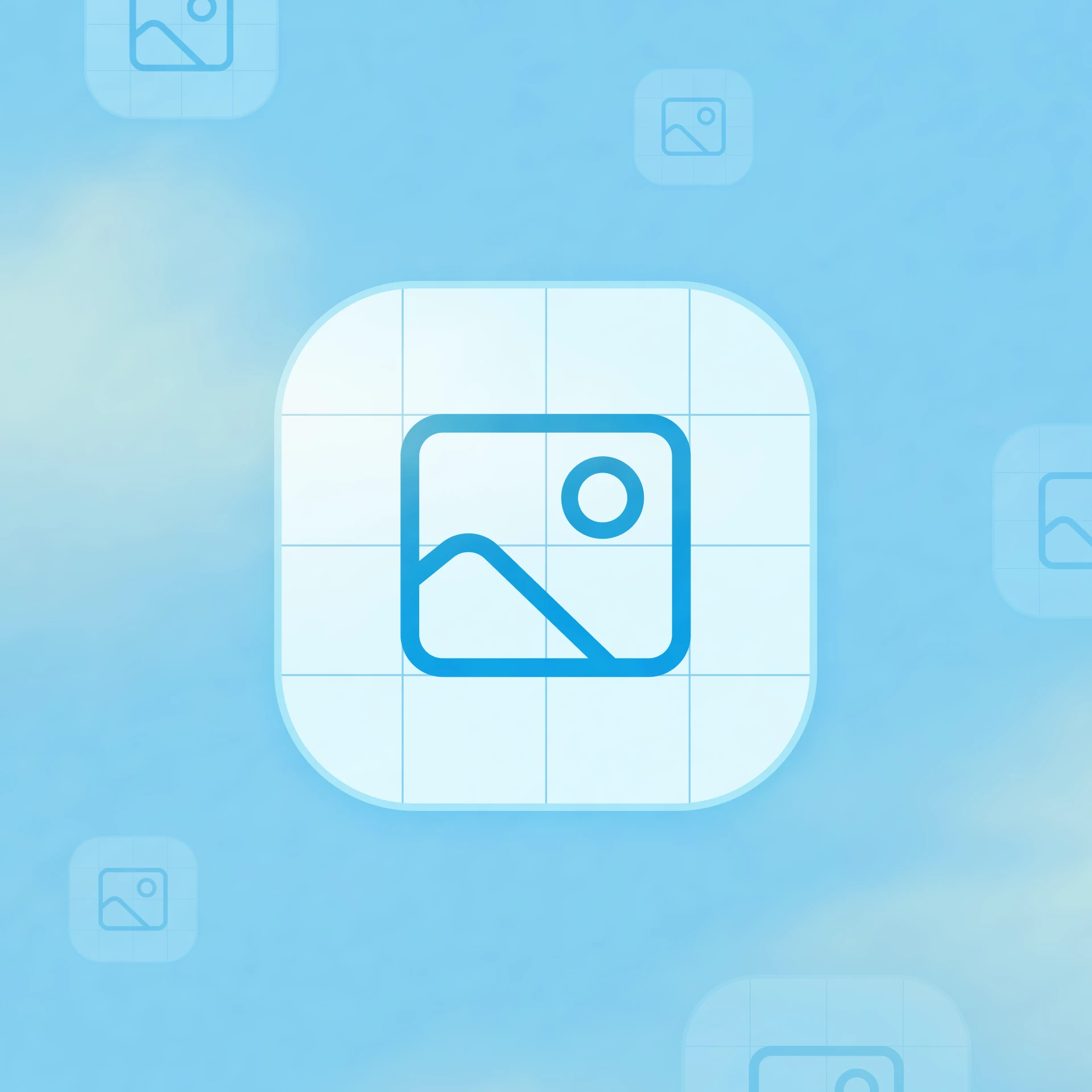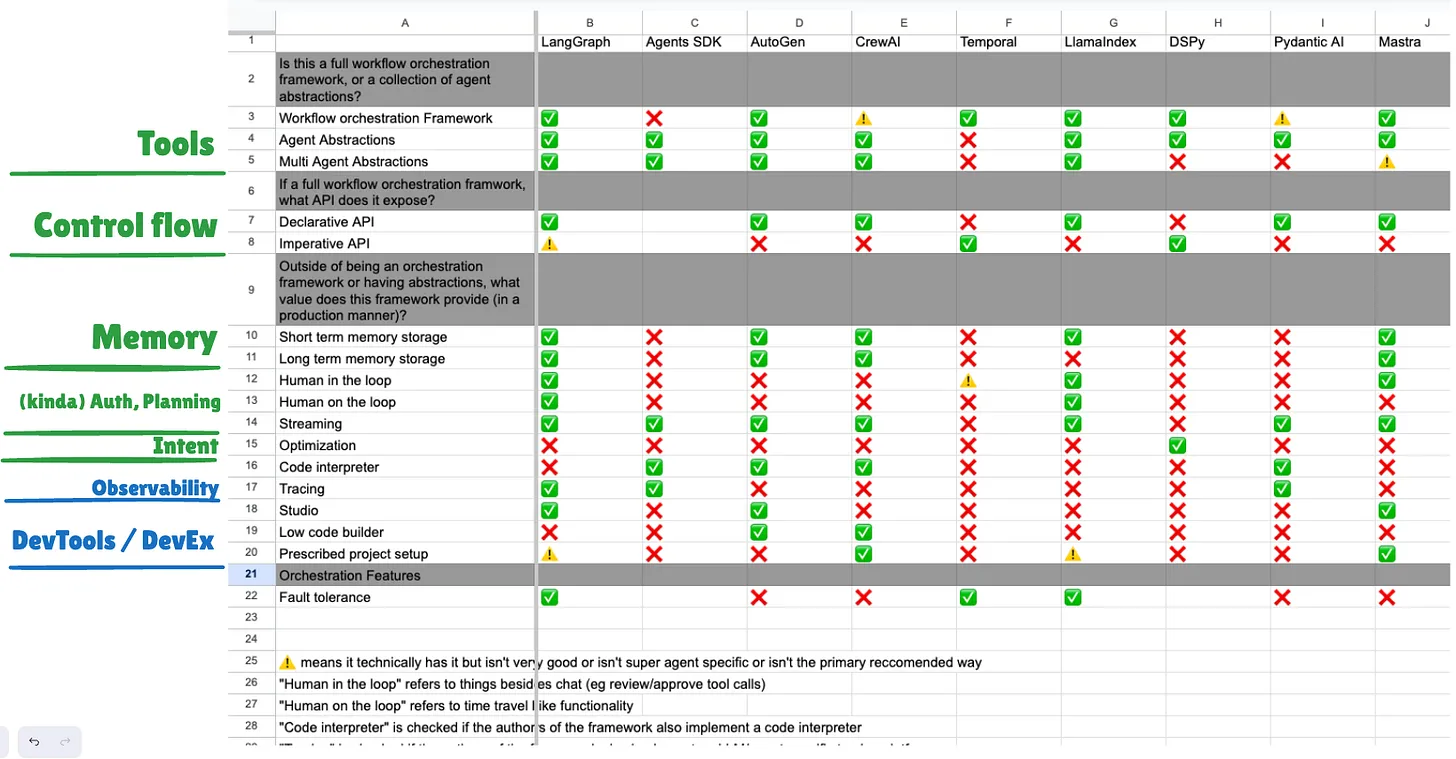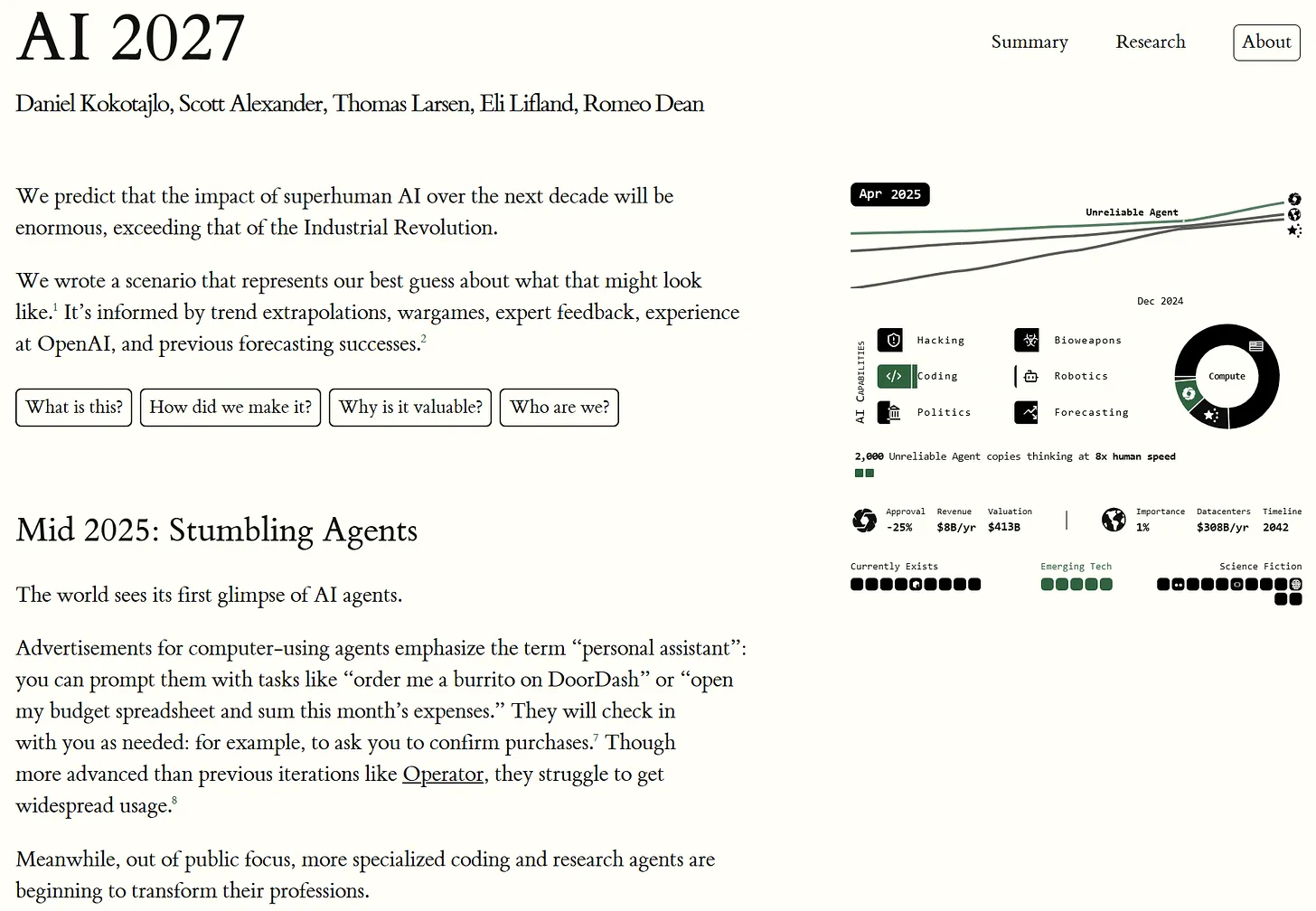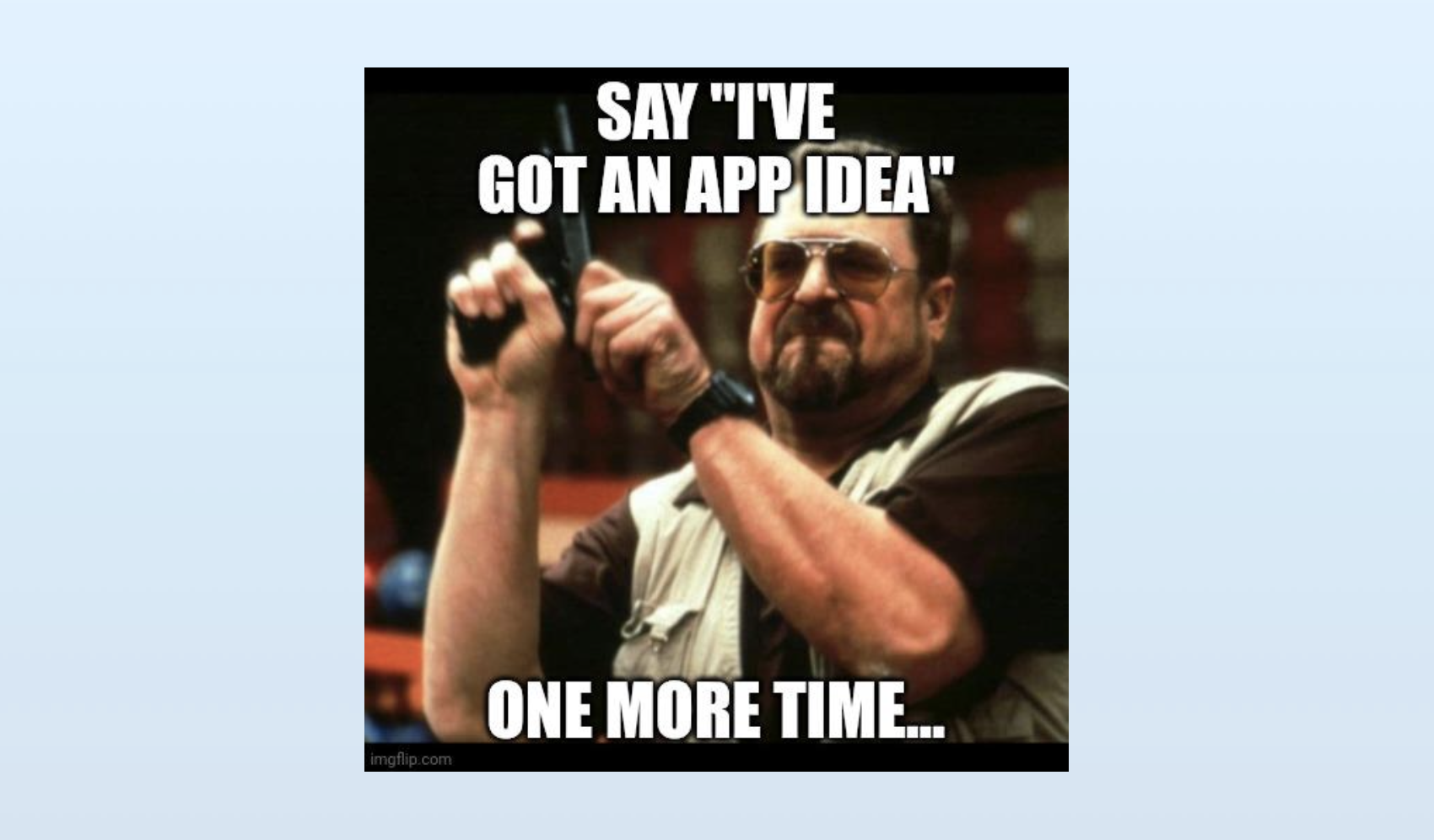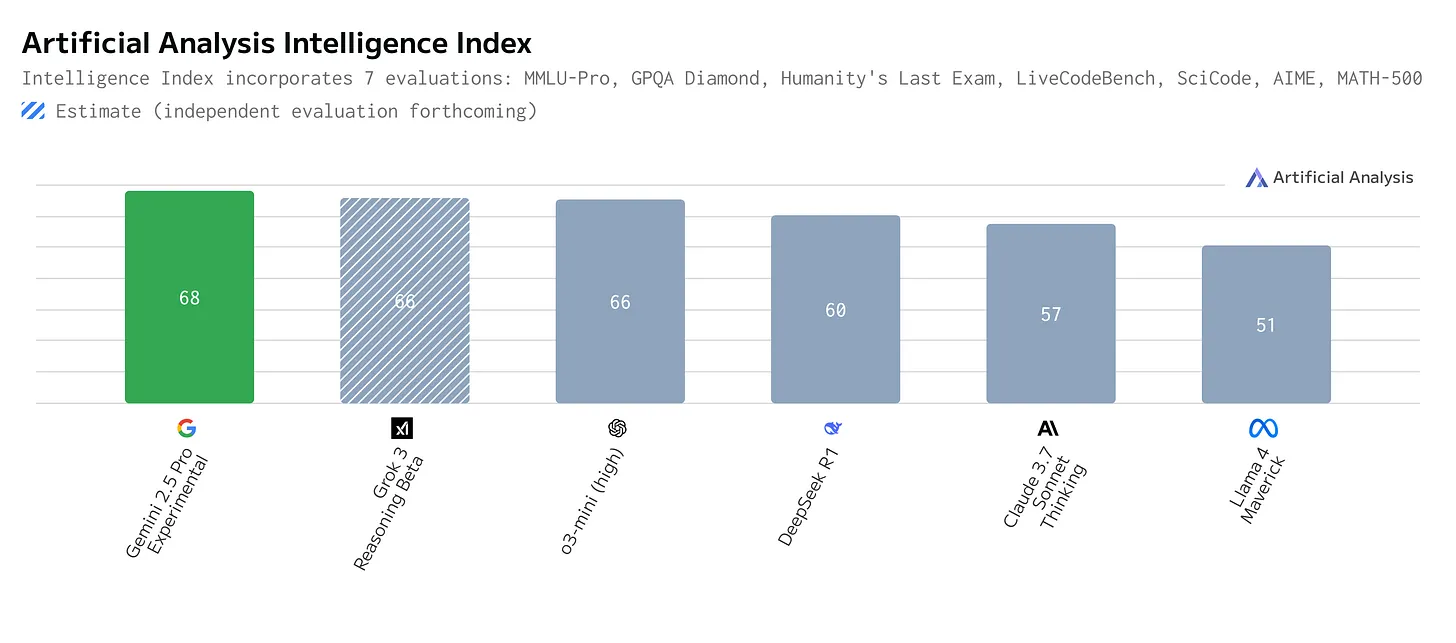TIL: Customizing Claude Code Models
There are two ways to customise the models used by Claude Code.
1. Simple alias
This is a quick setup using environment variables for the API token and base URL.
On macOS, edit your shell configuration file: vim ~/.zshrc.
Add the following aliases:
alias claude="$HOME/.claude/local/claude"
export PATH="$HOME/.claude/local:$PATH"
alias kimi="ANTHROPIC_AUTH_TOKEN=<api-key> ANTHROPIC_BASE_URL=https://api.moonshot.cn/anthropic claude"
export PATH="$HOME/.claude/local:$PATH"
alias bigmodel="ANTHROPIC_BASE_URL=https://open.bigmodel.cn/api/anthropic ANTHROPIC_AUTH_TOKEN=<api-key> claude"
export PATH="$HOME/.claude/local:$PATH"
alias minimax="ANTHROPIC_BASE_URL=https://api.minimaxi.com/anthropic ANTHROPIC_AUTH_TOKEN=<api-key> claude"
This approach is lightweight and convenient when you only need to switch endpoints or tokens quickly.
2. Full Configuration via Environment Settings
This method allows you to configure Claude Code with complete, reusable environments.
Steps:
- Create a settings JSON file for each model
- Define aliases to launch Claude Code with those settings
Create Model Settings Files
Under the ~/.claude directory, create a models folder to store configuration files for different models.
bigmodel.json
{
"env": {
"ANTHROPIC_AUTH_TOKEN": "<api-key>",
"ANTHROPIC_BASE_URL": "https://open.bigmodel.cn/api/anthropic",
"API_TIMEOUT_MS": "3000000",
"CLAUDE_CODE_DISABLE_NONESSENTIAL_TRAFFIC": 1
}
}
kimi.json
{
"env": {
"ANTHROPIC_BASE_URL": "https://api.moonshot.cn/anthropic",
"ANTHROPIC_AUTH_TOKEN": "<api-key>",
"ANTHROPIC_MODEL": "kimi-k2-thinking-turbo",
"ANTHROPIC_DEFAULT_OPUS_MODEL": "kimi-k2-thinking-turbo",
"ANTHROPIC_DEFAULT_SONNET_MODEL": "kimi-k2-thinking-turbo",
"ANTHROPIC_DEFAULT_HAIKU_MODEL": "kimi-k2-thinking-turbo",
"CLAUDE_CODE_SUBAGENT_MODEL": "kimi-k2-thinking-turbo"
}
}
minimax.json
{
"env": {
"ANTHROPIC_BASE_URL": "https://api.minimaxi.com/anthropic",
"ANTHROPIC_AUTH_TOKEN": "<api-key>",
"API_TIMEOUT_MS": "3000000",
"CLAUDE_CODE_DISABLE_NONESSENTIAL_TRAFFIC": 1,
"ANTHROPIC_MODEL": "MiniMax-M2.1",
"ANTHROPIC_SMALL_FAST_MODEL": "MiniMax-M2.1",
"ANTHROPIC_DEFAULT_SONNET_MODEL": "MiniMax-M2.1",
"ANTHROPIC_DEFAULT_OPUS_MODEL": "MiniMax-M2.1",
"ANTHROPIC_DEFAULT_HAIKU_MODEL": "MiniMax-M2.1"
}
}
Add Aliases to Use the Settings
Edit ~/.zshrc again: vim ~/.zshrc.
alias cc-kimi="claude --settings $HOME/.claude/models/kimi.json"
alias cc-bigmodel="claude --settings $HOME/.claude/models/bigmodel.json"
alias cc-minimax="claude --settings $HOME/.claude/models/minimax.json"
This approach is ideal when you need fine-grained control, consistent defaults, or multiple model profiles.
